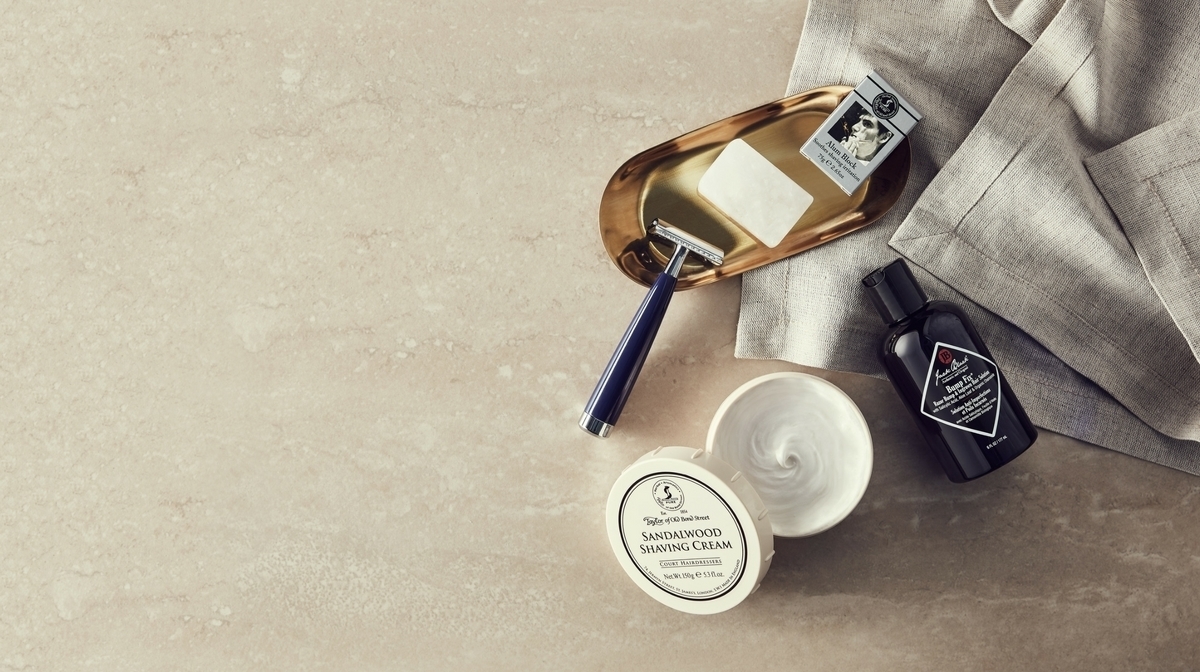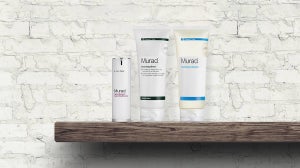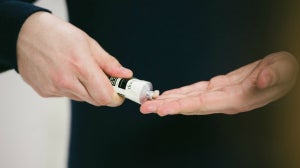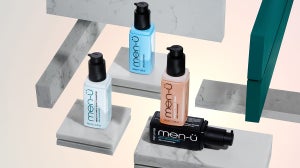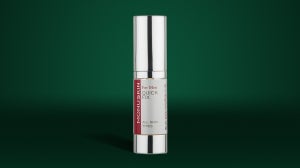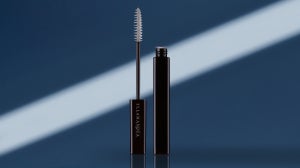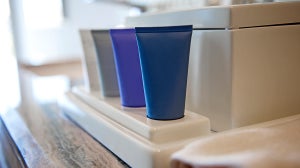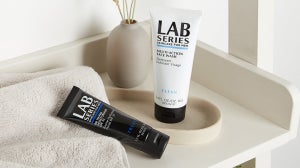
The practice of shaving appears to be on the wane at present. A combination of factors has led to this state of affairs. The last few years have been notable for a beard boom the likes of which have not been seen since the 70s. And it’s not just post flower-power jawline shag that has come with it. All manner of styles - from ornately curled moustaches to the increasingly prevalent relaxed stubble option- are now commonly seen as acceptable across most sectors of society and in increasing numbers of workplaces.
Most men with a serious aversion to the razor will be familiar with the main reason for embracing facial hair, however. Razor rash. The most common kind of self-inflicted skin care misery, razor rash is a major problem for many men, and to some, it can be counted on to turn up any time a close shave is attempted. But what is razor rash? And how can it be avoided? We look at the issue in more detail.

What is Razor Rash?
Razor Rash is a term that encompasses a number of symptoms, first and foremost among which is ingrown hairs. These are caused when newly cut hairs grow into the hair follicle, rather than out of it. This process brings about redness, bumps, and swellings which are unsightly as well as painful. It’s something that can affect any and all hair types, but is particularly prevalent in those with curly facial hair. Some men will experience it rarely, if ever.
In addition to ingrown hairs, Razor Rash also refers to redness, soreness and irritation brought about by shaving. This can occur alongside ingrown hairs but often without it, as well. This irritation comes on when shaving scrapes off the top layers of skin along with removing hair. While a smaller number of men experience this, acne breakouts can occur where the outer layers of the skin have been damaged, leaving the skin more prone to bacterial infection.
How can Razor Rash be avoided?
Not shaving is a sure-fire way to avoid razor burn, which is one of the reasons it’s so popular. It’s possible to achieve a relatively close cut without causing shaving rash by using the shortest guard setting with electric clippers. This is an effective solution for many, but won’t give a ‘clean shaven’ look, and won’t be smooth to the touch either.

If you’re prone to razor rash, wet shaving may seem daunting. But in some instances, for example if your job requires you to shave, or if you need to smarten up for a special occasion, it’s unavoidable. If you’re aware of these tips and techniques, however, it’s possible to drastically reduce your chances of suffering razor rash when wet shaving.
Tips and Techniques
Get skilled with a traditional safety razor: with fewer blades, you get greater control, but to avoid nicks and cuts, you need to up your game.
Exfoliate before you shave: lifting the hair, and stopping blades from clogging is crucial.
Use steam to warm and moisten skin: opening up the pores and killing bacteria, this step will help to prevent infected follicles.
Use a badger brush to apply a shaving cream: quite simply the most efficient way to ensure your facial hair is thoroughly coated in shaving cream, lifted from the skin's surface, and perfectly prepped. The old ways are usually the best ways when it comes to shaving.
Use a clean, sharp blade: unclean blades can cause infections, dull blades cause nicks, cuts, and ingrown hairs.
Use the right technique: use fewer passes with the blade, light pressure, shave with the grain.

1. Get skilled with a traditional safety razor
Traditional safety razors have fewer blades, and offer a greater level of control over the angle at which hair is cut. With good safety razor technique, therefore, you’ll rarely get ingrown hairs or irritation. Safety razors do increase the risk of nicks and cuts substantially, so practice is essential.
2. Exfoliating before you shave
Exfoliating before shaving ensures any dirt and dead skin is removed from the area you’re going to shave. This helps to reduce the likelihood of your razor clogging, which in turn stops skin irritation. Crucially, exfoliating serves the purpose of lifting the hair from the skin before shaving, which reduces the likelihood of ingrown hairs substantially.
3. Use steam to warm and moisten skin
Using hot towels, thoroughly wetting the skin with hot water, or even shaving in the shower can all be used to open up the pores before using the razor. This will allow for a smoother shave.
4. Use a badger brush to apply a shaving cream
Similarly to exfoliating, this lifts the hair, and also results in a thorough and even coverage or the cream or balm you use, meaning hair is softened and more easily cut.
5. Use a clean, sharp blade
Using a new blade is the easiest way of going about this, but you can achieve this with slightly older blades too. Disinfect your blades by using alcohol on them after shaving. Also, ensure your blades don’t rust by thoroughly drying them immediately after use, and storing them stood up rather than lying down. This will slow the process of blunting.
6. Use the right technique
Shaving against the grain may result in a smoother shave in the immediate aftermath, but is far more likely to result in ingrown hairs. If you want to avoid razor burn, always shave with the grain. In addition, limiting the amount of strokes it takes you to shave will prevent irritation, especially with modern cartridge razors.
Like this content? Check out more of our Grooming Editor Posts and keep up to speed with the Mankind Blog.
